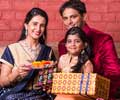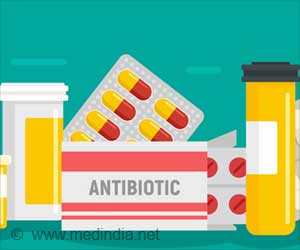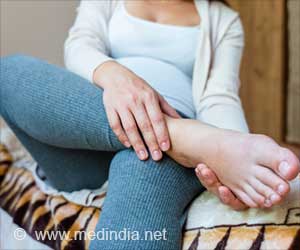Scientists have found that injecting sperm into parthenogenotes, or egg cells that are induced to develop into embryos, could develop into healthy offspring.
Highlights
- Scientists from The University of Bath have found that when parthenogenotes were injected with sperms, they developed into healthy offspring.
- The success rate of development of parthenogenotes into healthy offspring was found to be 24%, earlier it was believed to be 0%.
- This study could aid in improving infertility treatments and for breeding endangered animals.
Parthenogenotes:
Uniparental egg cells that develop into embryos, parthenogenotes, are a source of embryonic stem cells that are used for medical as well as for research purposes. Since these cells do not survive for a period longer than a few days, they have never been considered to be fully functional embryos. They lack the ability to develop further as they do not have the necessary instructions for the developmental processes dictated by a sperm.
Obtaining embryonic stem cells from parthenogenotes is, therefore, currently considered ethical. The latest research by Dr. Toru Suzuki and colleagues from the Laboratory of mammalian Molecular Embryology at The University of Bath might displace this theory.
This study is the brain child of Dr. Toru Suzuki who worked along with The University of Regensburg’s Fraunhofer Institute for Toxicology and Experimental Medicine (Germany).
Development of the Embryo on Sperm Injection
The mice that were born out of this method were found to be healthy, the only difference being that the epigenetic markers that were identified followed a different pathway when compared with normal fertilization and growth of embryos.
He further added, "Our work challenges the dogma, held since early embryologists first observed mammalian eggs around 1827 and observed fertilisation 50 years later, that only an egg cell fertilised with a sperm cell can result in a live mammalian birth."
Similarity of Parthogenetic Stem Cells with Embryonic Stem Cells
The stem cells that are derived from parthenogenotes are very important for medical as well as for research purposes. A study by Dr. Liu W and colleagues titled “ Directing the Differentiation of Parthenogenetic Stem Cells Into Tenocytes for Tissue-Engineered Tendon Regeneration.” and published in the Journal Stem Cells Translational Medicine, outlines the properties of parthenogenetic stem cells and their similarities with embryonic stem cells.
The properties of the parthogenetic stem cells include;
- Pluripotency
- Ability for self renewal
- Clonogenecity
- Ability to differentiate under invivo as well as invitro conditions
Potential Uses of the Study
- It could be used to breed animals using non-egg cells and injecting the sperm.
- It could be used to improve infertility treatments. When sperms are available in low numbers, the eggs could be induced to develop into parthenogenotes and sperms could be injected only into well developed non-egg cells.
- It could be used to breed endangered species
The Medical Research Council (UK) funded this study in part and Dr. Paul Colville-Nash from the MRC said "This is an exciting piece of research which may help us to understand more about how human life begins and what controls the viability of embryos, mechanisms which may be important in fertility. It may one day even have implications for how we treat infertility, though that's probably still a long way off."
The study on humans hasn’t yet begun but this study is a conclusive step towards better infertility treatment.
Reference
- Liu W, Yin L, Yan X, Cui J, Liu W, Rao Y, Sun M, Wei Q, Chen F “Directing the Differentiation of Parthenogenetic Stem Cells Into Tenocytes for Tissue-Engineered Tendon Regeneration” Stem Cells Transl Med. 2016 Aug 18. http://www.ncbi.nlm.nih.gov/pubmed/27538430










